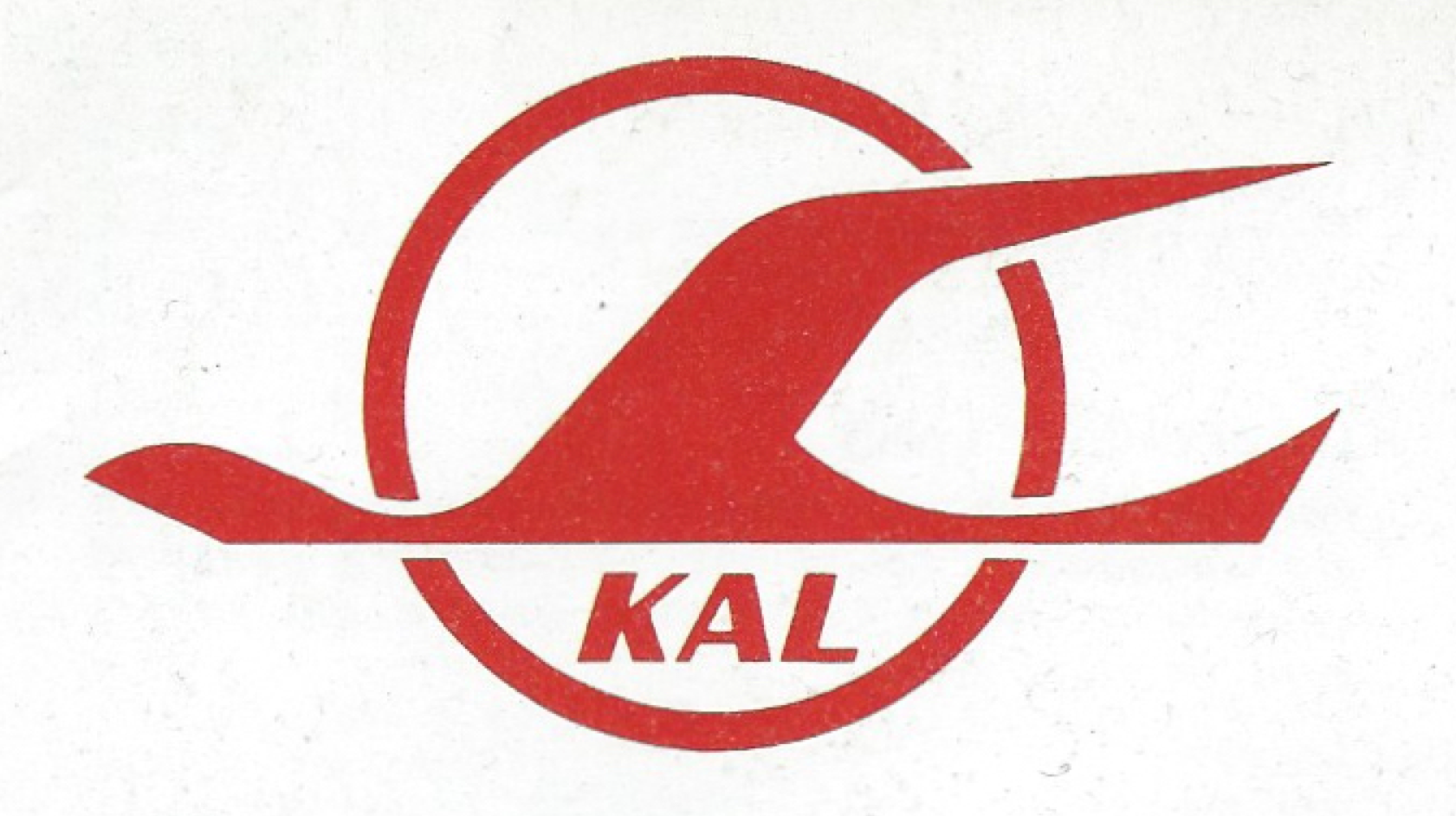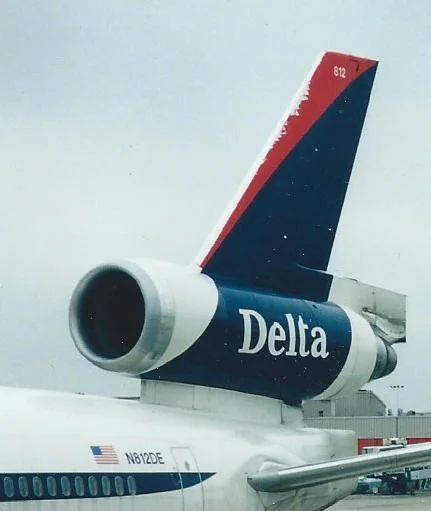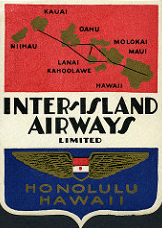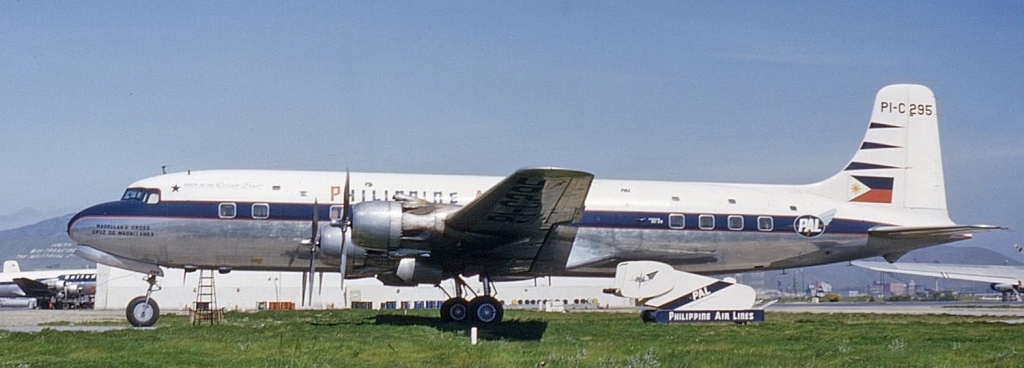Philippine Airlines - November 1971
/The Philippines were amazingly quick to get into the sky after WWII, thanks to quick re-establishment of eager family businesses, ample supply of surplus Allied transport aircraft, and ready technical assistance from TWA. A dense national network and links to China sprang up in late 1945 and all of 1946.
On July 31, 1946, Philippine Air Lines (PAL) began Manila - Guam - Kwajalein - Honolulu - San Francisco service using leased DC-4 equipment - the very first Transpacific service by any Asian airline. The flight took 41 hours!
By May 1948, PAL had upgraded to the bigger and faster DC-6, and the Transpacific routing was switched from Kwajalein to Wake Island, bringing trip time down to 30 hours.
However, expansion to Europe, America, and Japan stressed PAL's finances, and numerous domestic mergers to gain dominance stripped its available capital. The Philippine government nationalized the carrier to ensure continued service; however, this meant that capital decisions became political, and the government simply did not have the money to invest in network expansion and airport improvements - or even to buy modern equipment. By the end of March 1954, PAL had pulled out of all its long-range service, including the Transpacific run.
We have seen this story play out several more times in the Philippines - cycles of privatization and public ownership, capital crisis and generous investment, political upheaval, and regional disasters both economic and natural. The Philippines had been restricted from operating service to the USA due to poor government safety oversight in the 2000s, with this injunction being lifted only recently.
PAL needed until June 1962 to get DC-8 equipment and the ability to re-open Transpacific service - this time only taking 15 hours. Jumbo jet DC-10 service began in 1974. 747s would come and go - today 777-300s are used nonstop.
Here's a scan of the PAL November 1, 1971 International Timetable, courtesy of my friend and fellow amateur airline historian Arthur Na. The tail of the DC-8 is shown on the cover - this was a high point in the airline's timeline, and the fresh fashion on the cabin crew reflected the company's optimism.
San Francisco - Hong Kong for $954 round-trip is a fare to be expected now in the mid-2010s, although sales get that figure much lower!
Transpacific service was daily with the medium-stretch DC-8-50, stopping only in Honolulu. Arrival at SFO allowed for red-eye eastbound connections, and the late-night departure was well-timed to capture all the possible North American traffic. The 6 am arrival at Manila was ideal to connect to Singapore, Hong Kong, and Bangkok. Likewise, flights from those three cities also were timed for easy transfer to the Honolulu-San Francisco service.
While PAL's mid-Pacific routing took longer than the Great Circle route via Tokyo, the carrier did not have the rights to fly between Japan and North America, and DC-8s (or DC-10s, or early 747s) simply did not have the range to do nonstops to the West Coast. PAL made the best of this with an excellent connecting bank which could have grown to many E and SE Asian destinations - had continuing conflicts both domestic and international not happened, as well as the economic and social disaster to the country of the Marcos family...




































